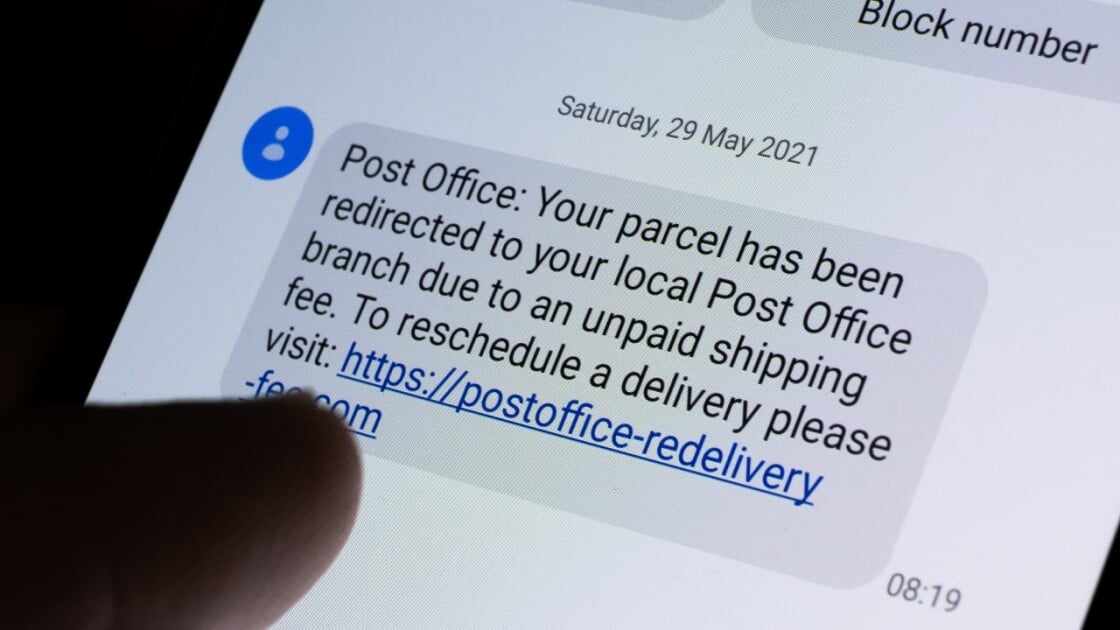How to Stop Spam Messages: A Complete Guide for Professionals

Spam messages are a major annoyance for professionals. Unwanted texts, emails, or app notifications can derail your focus and even harm your phone or laptop. At Repair Hub, we understand how critical your devices are to your work. This quick guide will help you stop spam messages and keep your gadgets running smoothly with practical steps and insights.
Why Spam Messages Are a Problem
Spam—random texts, emails, or notifications—disrupts your workday in ways that go beyond mere inconvenience. For professionals, sorting through junk messages steals valuable time that could be spent on client calls, project deadlines, or strategic planning. Worse, phishing scams disguised as legitimate messages can trick you into sharing sensitive data, putting your business at risk. Spam can also clutter your device, causing slowdowns or draining your battery faster than usual. Staying ahead of spam is essential to maintain productivity and protect your devices.
1. Use Your Device’s Spam Filters
Your phone and email apps come with built-in tools to stop spam:
- iPhone: Go to Settings > Messages and turn on Filter Unknown Senders to block texts from unknown numbers.
- Android: Open the Messages app, tap Settings, and enable Spam Protection.
- Email: In Gmail or Outlook, mark junk emails as spam to improve the filter.
Keep your device updated to ensure these filters perform at their best.
2. Block and Report Spam
To stop persistent texts:
- Block the sender: On iPhone, tap the contact and select Block this Caller. On Android, hold the message and tap Block.
- Report spam: Forward spam texts to 7726 (SPAM) to help phone companies block them.
- Use apps: Apps like Truecaller can block spam calls and texts.
Avoid clicking links in suspicious texts, as they could introduce viruses to your device.
3. Control Notifications
Spam often sneaks through app notifications. To manage them:
- Turn off extra alerts: Go to Settings > Notifications and disable non-work apps.
- Unsubscribe: Reply “STOP” to marketing texts or click unsubscribe in emails.
- Use Do Not Disturb: Set it to allow only work contacts during office hours.
How Spammers Get Your Info
Spammers don’t just guess your contact details—they often find them through data leaks, online forms, or public profiles. Every time you sign up for a newsletter, enter a contest, or share your number in a store, you risk exposure. Data breaches, which affect millions of users each year, can also leak your email or phone number to spammers. Using tools like Have I Been Pwned can reveal if your info has been compromised, helping you take action before spam overwhelms your inbox.
4. Protect Your Info
To reduce spam exposure:
- Use a second email: Sign up for non-work stuff with a separate email.
- Limit sharing your number: Be cautious giving it out online or in stores.
- Check for leaks: Use Have I Been Pwned to see if your info was stolen.
5. Keep Your Device in Top Shape
A well-maintained device handles spam better. Update your phone or laptop regularly to patch security gaps. Regular maintenance can prevent slowdowns or security issues caused by spam.
Why Device Health Matters for Spam Protection
Your device’s performance plays a big role in managing spam. Outdated software can leave your phone or laptop vulnerable to phishing attacks or malware hidden in spam messages. A sluggish device might also struggle to process filters or block notifications effectively. By keeping your gadget updated and optimized, you can minimize the impact of spam and stay focused on your work.
Get Back to Work Spam-Free
Spam messages can disrupt your professional life, but these steps can stop them. If your device is struggling with spam, slow performance, or security issues, bring it to Repair Hub in Sacramento for a free checkup. Our team offers fast, reliable repairs to keep your phone, laptop, or tablet ready for work. Visit or call Repair Hub today to stay spam-free and productive!






